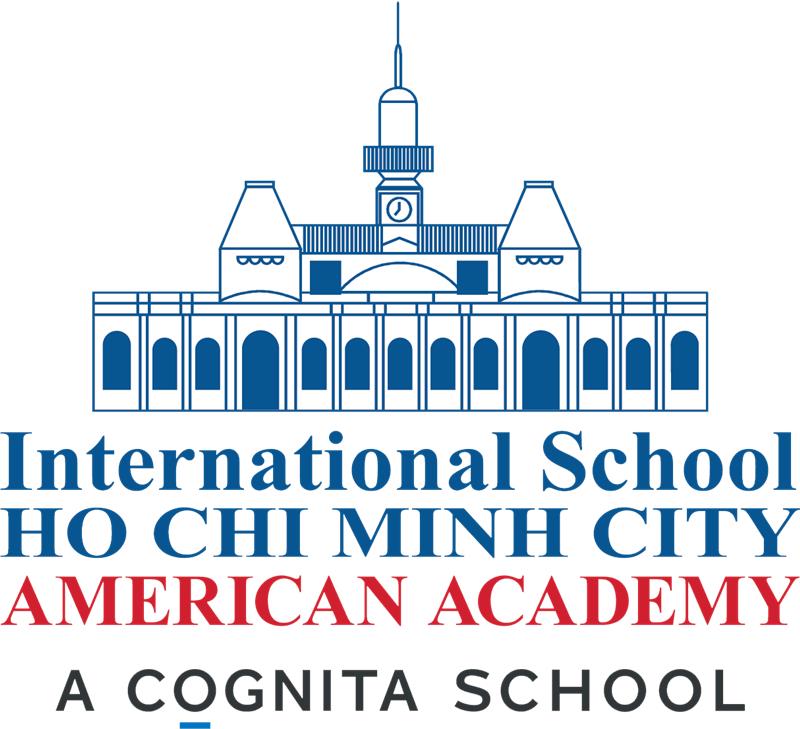
At ISHCMC-American Academy (ISHCMC-AA), every student will undertake a rigorous and balanced American curriculum that will help them gain access to a higher education at university or college. In addition our teaching methods importantly aim to develop the life skills needed for every child to achieve success not only in education but beyond.
We strongly believe in the assessment process to provide the insightful feedback needed to produce good teaching practices and learning experiences for our students. Our assessment program plays an important part in the process of grading a child in both academic and non-academic subjects throughout each school year.
ISHCMC-AA Assessment System
Diagnostic Assessment
ISHCMC-AA students begin each learning unit with a diagnostic assessment to measure their skills and existing knowledge of the subject in hand. The findings of these assessments allow the teacher to provide suitable support and to tailor their instruction accordingly.
Assessment for Learning (Formative Assessment)
Formative assessments provide feedback to children and parents about how each student’s learning is progressing and are presented in the form of comments, checks and number grades. These sessions will also prepare our students for their following summative assessment.
Assessment of Learning (Summative Assessment)
Summative assessments are used to measure a student against the different learning objectives of a course or subject. The final grade for each class is mainly based on the summative assessment.
Teachers record both formative and summative feedback in the form of grades and comments in PowerSchool and we encourage students and their parents to use this tool as part of their learning process.
ISHCMC-American Academy Grading System & Credits
Grading Scale & Grade Point Average (GPA) Calculation
At ISHCMC-AA we use number grades from 0 to 100 and calculate both weighted and unweighted GPA. The main difference is that weighted GPAs take into account the difficulty of a student’s coursework and unweighted GPAs do not.
It is important to note that although GPA is important, a college will look at the whole picture when evaluating an application, including an individual’s determination and perseverance when undertaking coursework.
|
Percent |
Letter Grade | VN Public School Equivalent | Unweighted
GPA |
Weighted GPA (SUPA & AP) |
|
98-100 |
A+ | 10 | 4.00 | 5.00 |
|
93-97 |
A |
4.00 | 5.00 | |
| 90-92 | A- | 9 | 3.67 |
4.67 |
|
88-89 |
B+ | 3.33 | 4.33 | |
|
83-87 |
B | 8 | 3.00 | 4.00 |
|
80-82 |
B- | 2.67 | 3.67 | |
|
78-79 |
C+ | 2.33 | 3.33 | |
|
73-77 |
C | 7 | 2.00 | 3.00 |
| 70-72 | C- | 1.67 |
2.67 |
|
|
68-69 |
D+ | 1.33 |
2.33 |
|
| 63-67 | D | 6 | 1.00 |
2.00 |
|
60-62 |
D- |
0.67 |
1.67 |
|
|
Below 60 |
F | 5 | 0.00 |
0.00 |
Weighted courses include Advanced Placement (AP) and university-level dual enrollment with Syracuse University Project Advance (SUPA).
Graduation Requirements
Starting for Class of 2019
CORE SUBJECTS (16 credits)
Mathematics 4.0 credits
English Language Arts 4.0 credits
Sciences 3.0 credits
Social Studies 3.0 credits
World Languages 2.0 credits
OTHER REQUIRED SUBJECTS (3 credits)
Health Education 0.5 credits
Information Literacy 0.5 credits
Performing & Visual Arts 1.0 credits
Physical Education 0.5 credits
Technology 0.5 credits
TOTAL REQUIRED TO GRADUATE (24 credits)
More information about how the American education grading and credit system works at ISHCMC-AA can be found on our website.
Contact ISHCMC-American Academy today!
A member of our teaching staff or administration team is always available to any parent or guardian who would like to discuss our grading or credit system in more detail. Contact us today on +(84-28) 3898 9098 for further information or to arrange a tour of the school premises.
ISHCMC-American Academy Principles of Quality Teaching and Learning
|






